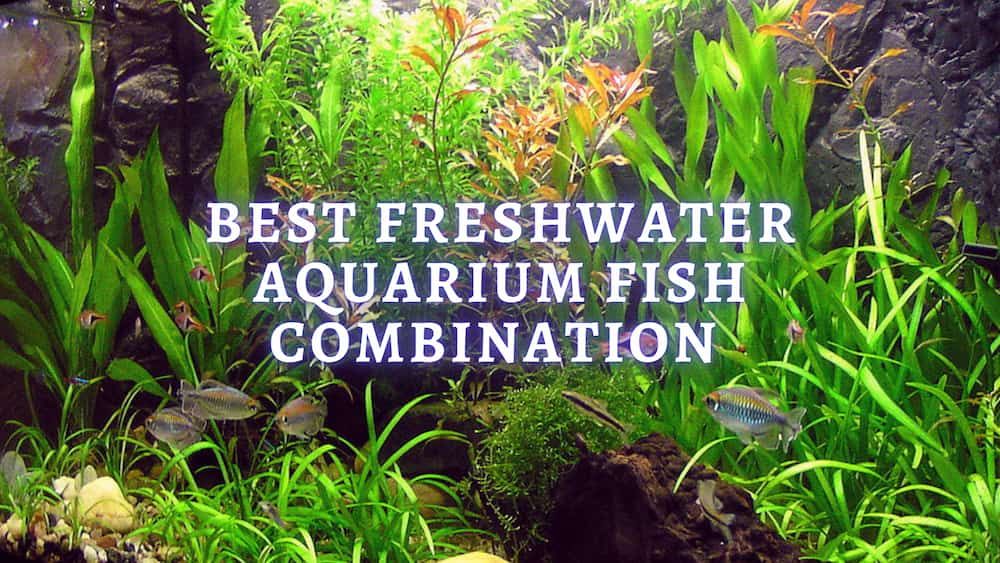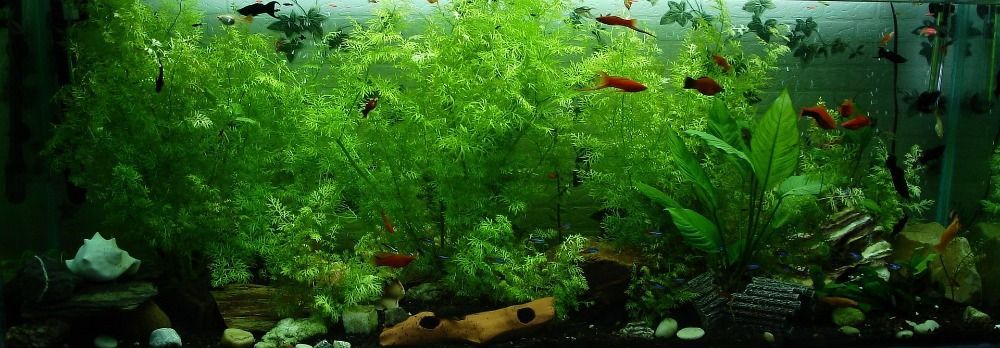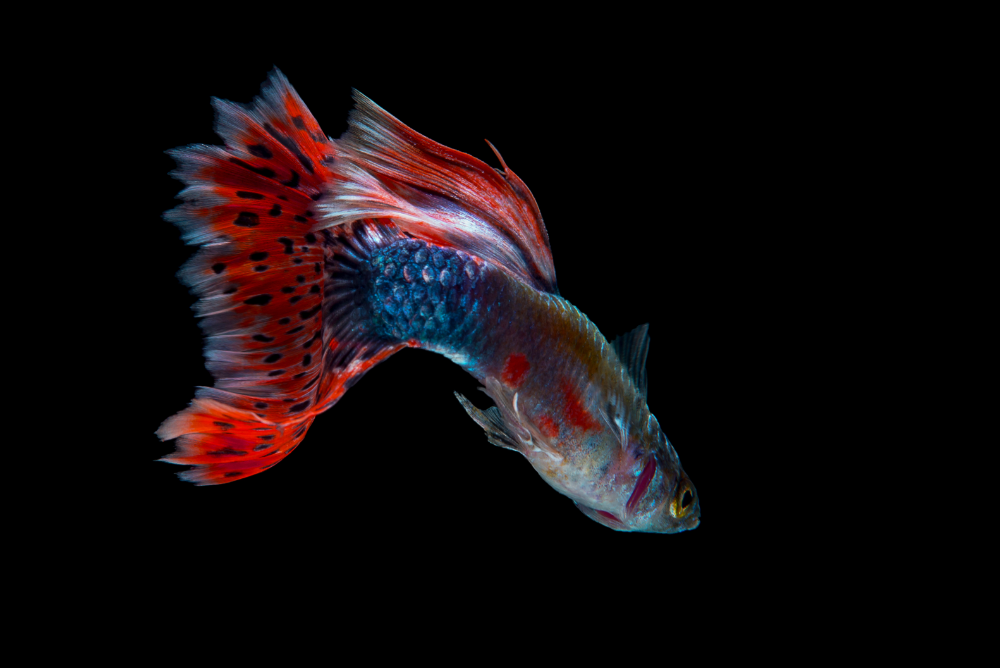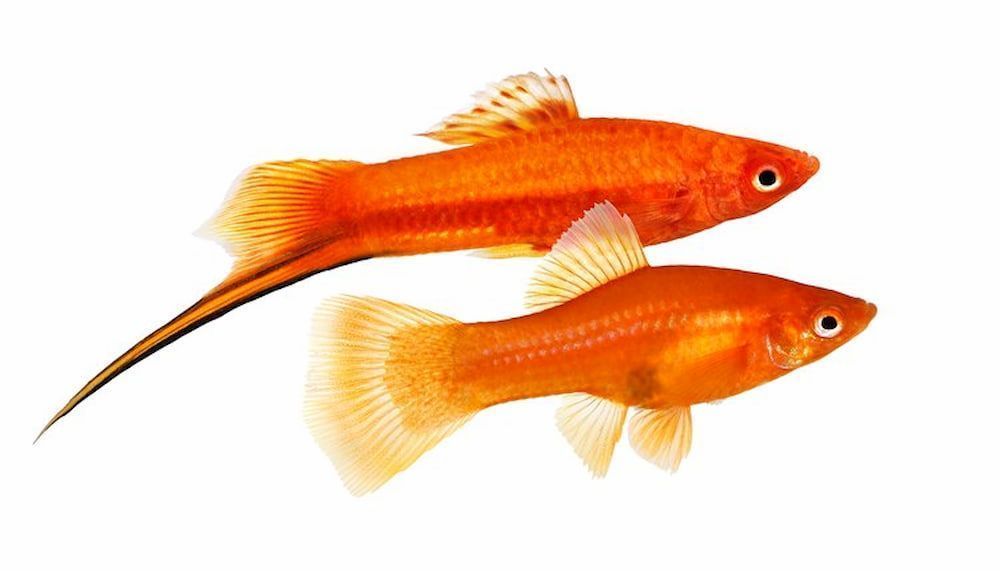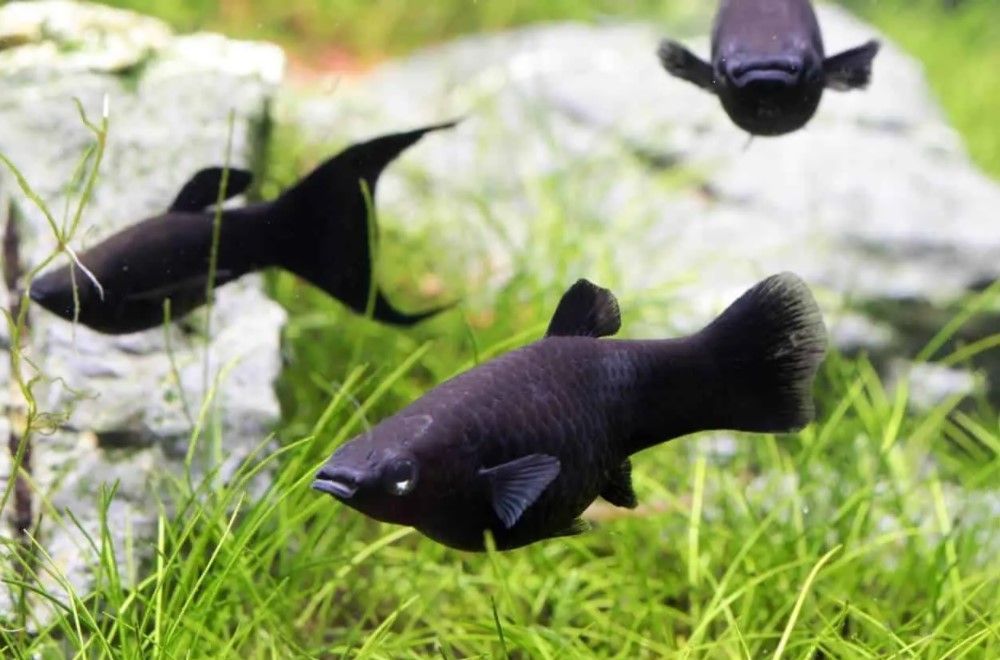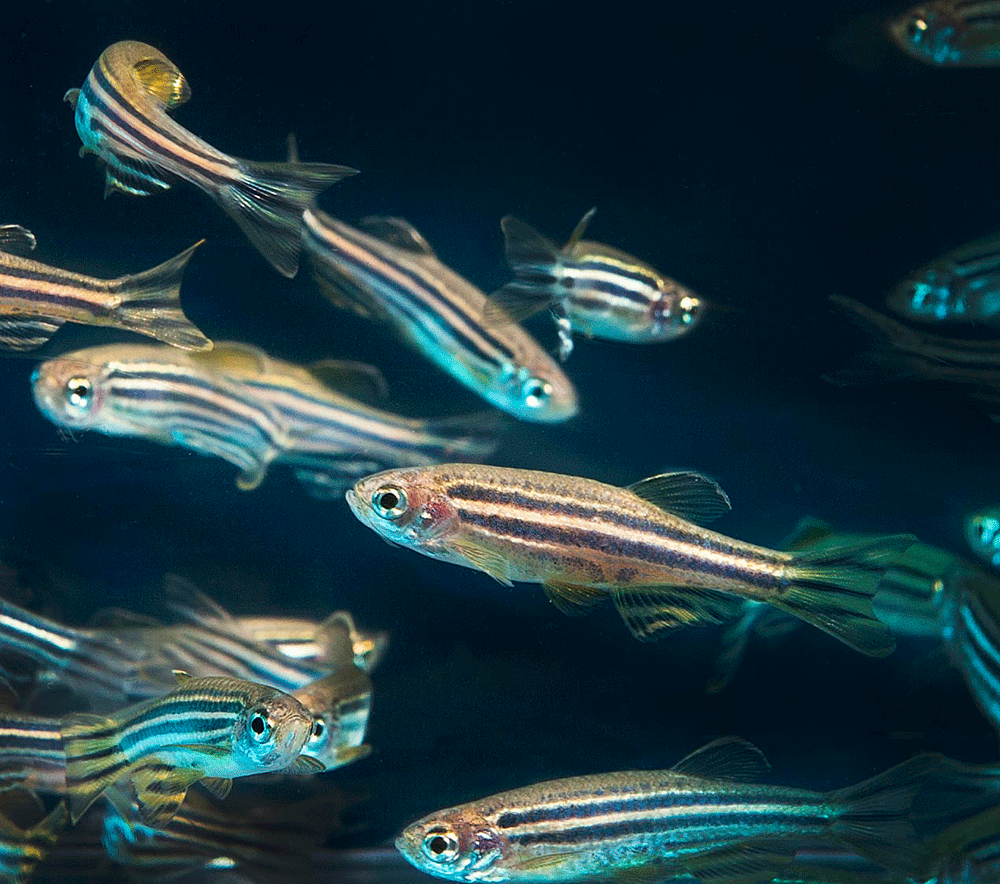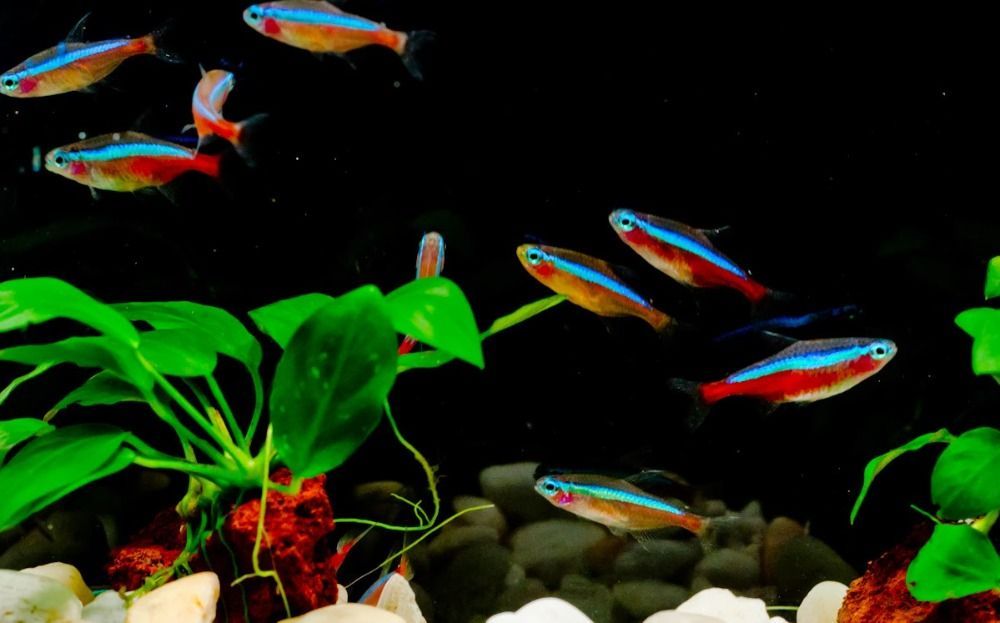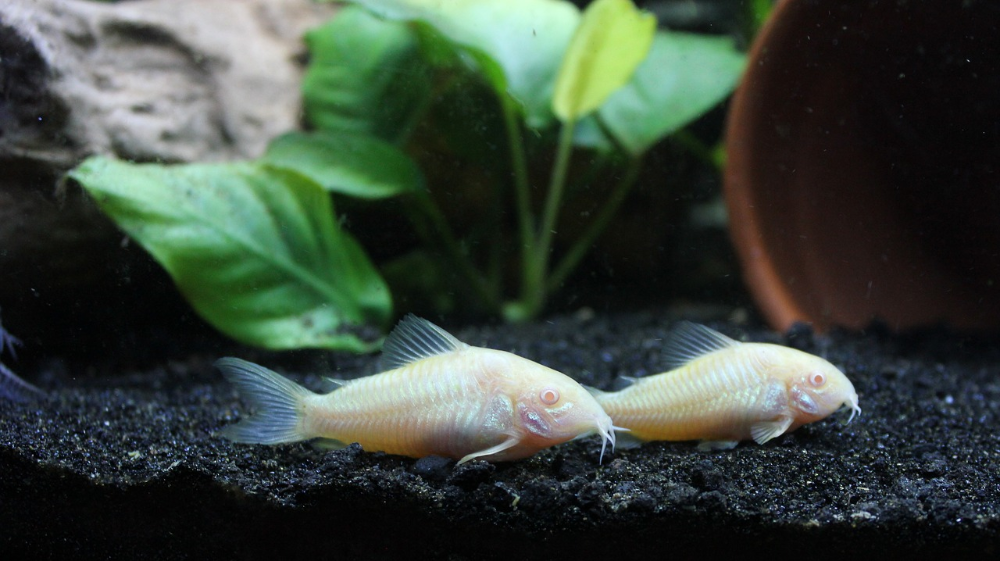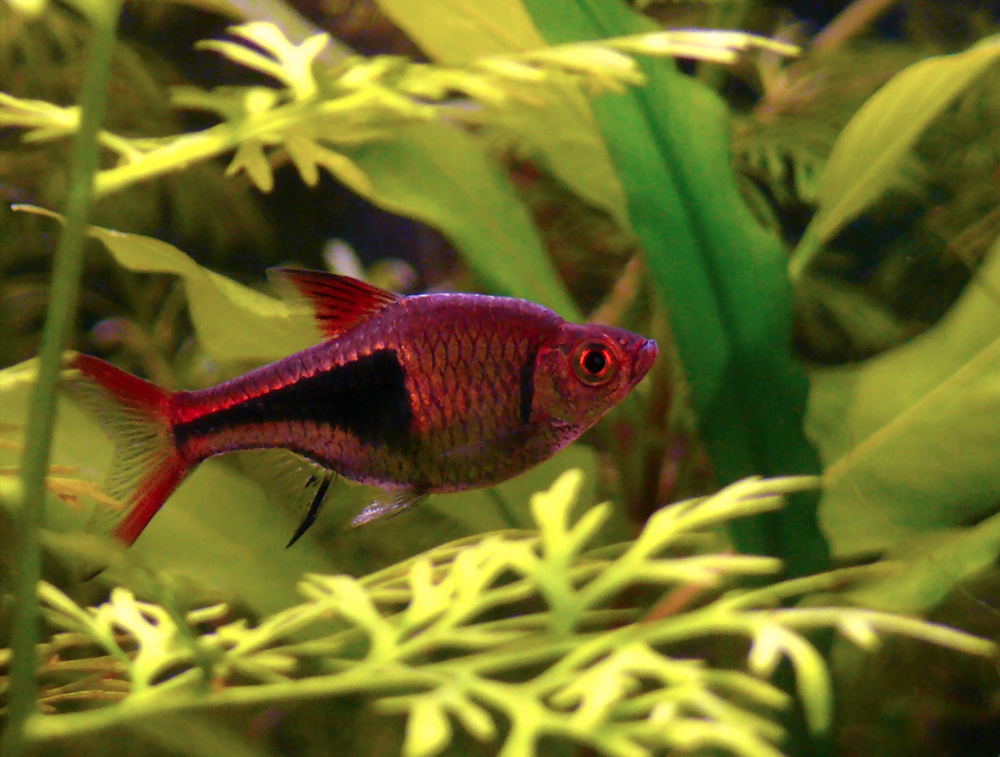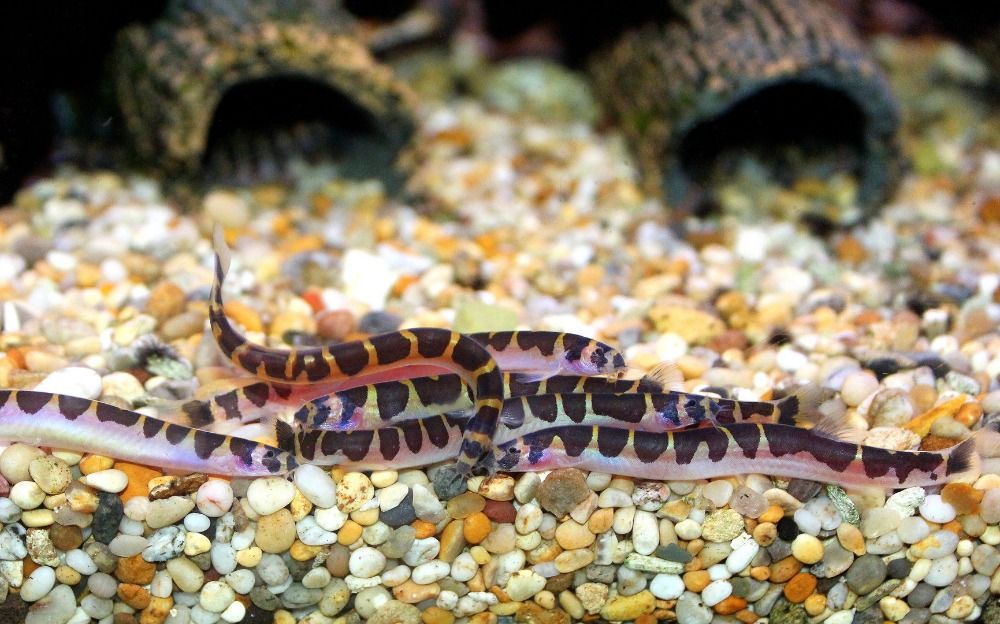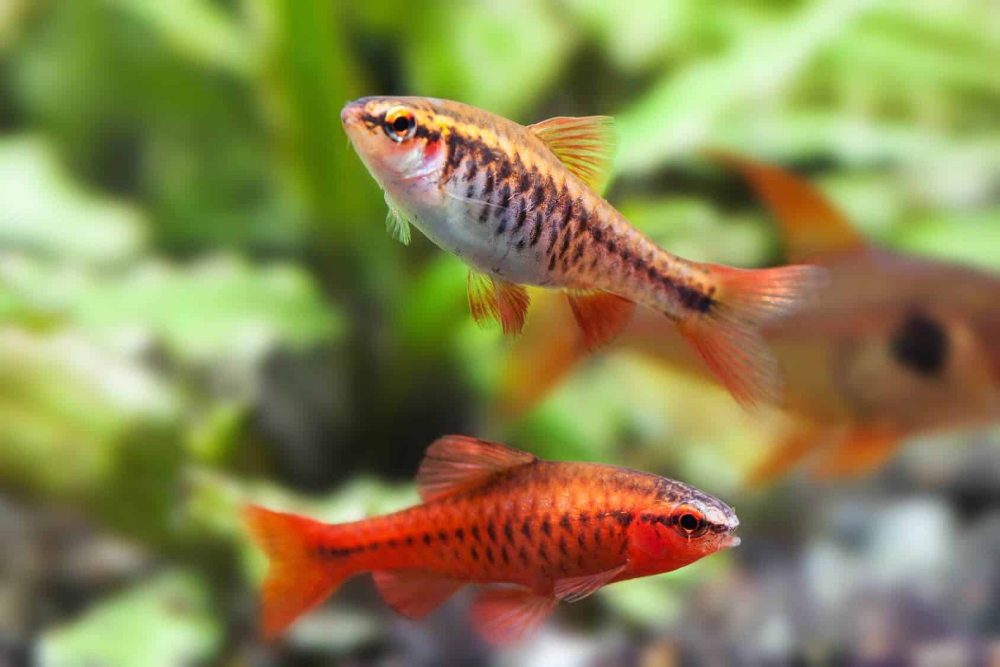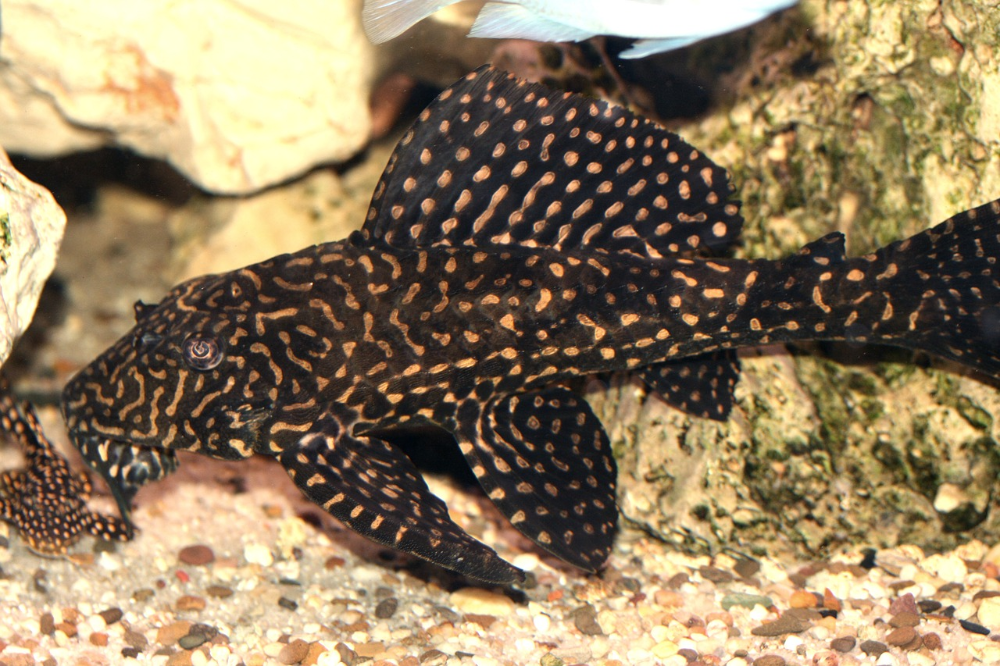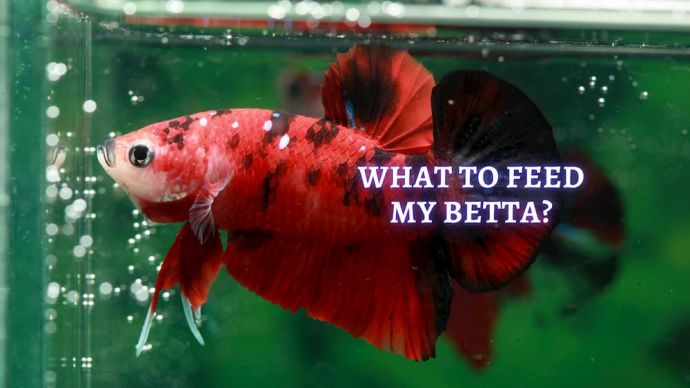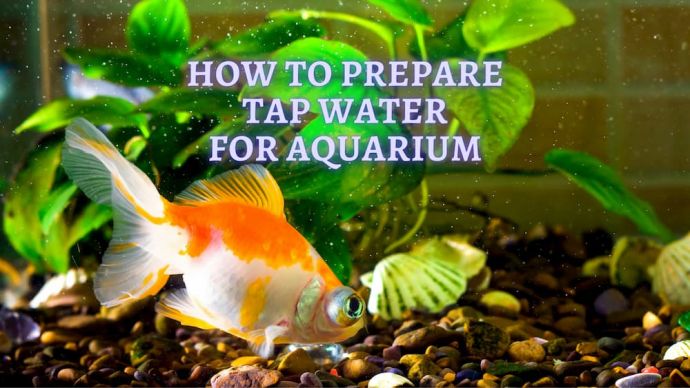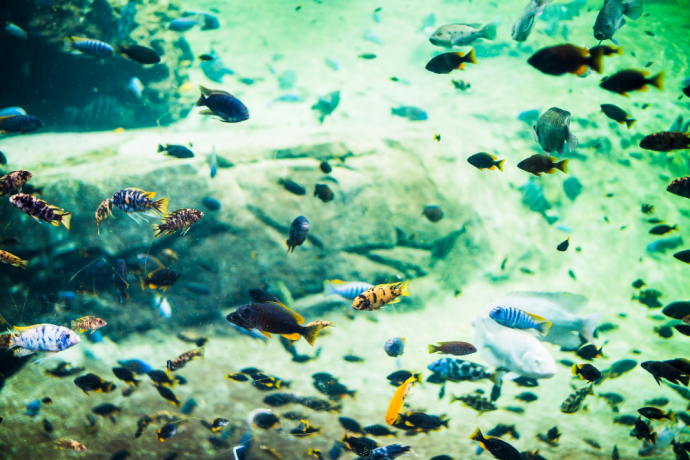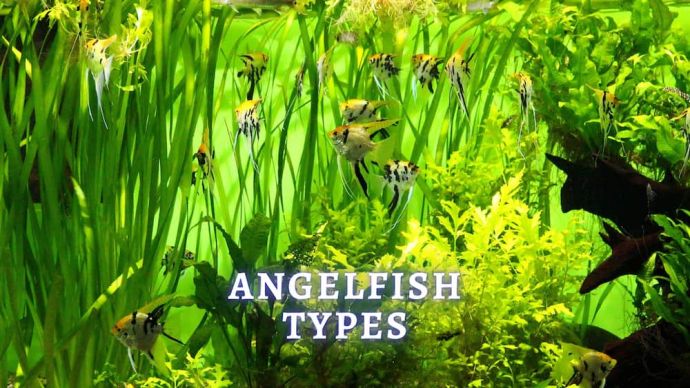Best Freshwater Aquarium Fish Combination
Written by:
Author: Vicki Smirnova
Vicki Smirnova is a professional writer and editor who adores animals and helps readers get along well with their pets. She has been working in digital media for more than 5 years and has great experience writing content about lifestyle, including pets. Vicki specializes in dog health and nutrition, cat feeding, dog training. She is an aquarium lover and is passionate to write about fish care at home. Also, Vicki headed several websites and worked as a news editor.
View all 244 articlesLearn about our editorial process and veterinary review board.
Viewed: 16386
Updated on: 07/21/2021
The compatibility of aquarium fish is an important question that arises for many aquarium owners. You will still worry about the compatibility of fish with each other if you are a beginner or an experienced aquarist.
There is a lot of discussion and controversy around the theme of compatibility of aquarium fish. Choose fish carefully, because their life and your comfort depend on your choice. Before you go to the pet store, study all available information about the fish you like.
READ MORE: Best Fish Tanks to Buy
Basic Rules for Selecting Aquarium Fish
Full compatibility or incompatibility of fish is due to the following features:
- Family, group, a suborder of fish;
- The size of the fish;
- Parameters of aquarium water and fish-keeping conditions.
If you combine fish from the same family or approximately the same size in the aquarium, or with identical conditions of maintenance, this will serve as a guarantee of success!
The main mistakes in the aquarium population are the following:
- Overpopulation of the aquarium. Every aquarium pet should live in comfortable conditions. Overcrowding of the aquarium is a direct path to fights, injuries, and death of any fish, even peaceful ones.
- Non-compliance with the requirements of maintenance and zoning of the aquarium. To keep fish, you need to take into account their specifics, their characteristics, and character.
- Improper maintenance of fish, which leads to distressing consequences. In adverse conditions, fish begin to fight for survival and die.
READ MORE: Why can’t Saltwater Fish live in Freshwater
Compatibility of Fish by Environmental Parameters
There are cold-water and warm-water fish; there are fish that like soft water, and fish that like hard water. There are fish that need thickets of living plants, and there are fish that tear, dig up, and eat all the plants in the aquarium.
There are several parameters: the requirements for lighting and the speed of water flow in the aquarium. Some fish love standing ponds, and fish that live in rivers with a fast current of water. You must consider the degree of water salinity, etc.
Compatibility of Fish by Size
It is recommended to keep large fish together and to keep small fish with other small fish. Even the most peaceful fish will not miss the opportunity to eat another fish that fits in its mouth.
Some aquarists believe that if a large fish is put in the aquarium as a baby, then it will not offend its smaller neighbors when it grows up.
Compatibility of Fish by the Nature of Food
There are herbivorous fish and predatory fish. Any herbivorous fish will not refuse animal food, such as a moth. The characteristic of herbivorous fish is that their ventricle is small, their intestines are long, and they are adapted for digesting plant food.
If these fish are often fed with a moth, eventually, they will have problems with digestion and liver.
Predatory fish should not be kept in the same aquarium with small and peaceful fish. The predator will hunt any fish that it can swallow.
READ MORE: Starter Fish for Freshwater Aquarium
Compatibility of Fish by Behavior
Some fish are very aggressive, and aggression is especially manifested during mating games, spawning, and caring for offspring. They should never be combined with peaceful, small fish.
When choosing fish by the nature of their behavior, do not forget that many fish like to hide in shelters. It is necessary to ensure that the aquarium has shelters in the form of grottos and caves.
For fish that like to burrow into the ground, the fraction of the soil and its processing is essential. For such fish, sand with rounded edges is preferable.
You cannot adhere to only one of the compatibility parameters when choosing fish. It would be best if you observed them in a complex.
READ MORE: Freshwater Aquarium Plant Guide
Best Freshwater Fish for Your Home Aquarium
To make it easier for you to create your first aquarium, we have compiled a list of the best aquarium fish for beginners. All of them are distinguished by their unpretentiousness, tolerance for conditions in the aquarium, peaceful nature, convenience for life, and modest size.
Here is a list of the 10 best freshwater aquarium fish combination:
1. Guppies
Guppies are very unpretentious, get along with others, and reproduce. They are viviparous, which means that the alevins immediately swim and are adapted to live. But if you leave a young fish in a common guppy tank, it will quickly be eaten; you need to catch them in a separate container.
It is effortless to breed them; it is enough to keep males and females together. Guppies eat all kinds of food.
2. Swordtails and Mollies
These fish are very similar in behavior and in environmental requirements, although they are very different in appearance. Just like guppies, they are viviparous.
They reproduce very quickly; the principle is the same as in guppies: keep the males and females together. They are very bright and mobile fish, and they are tolerant of various conditions in the aquarium.
In general, they are similar to guppies in terms of environmental requirements, but outwardly, they are larger and have a variety of colors and body shapes. Just do not buy a lot of male swordsmen in one aquarium; they will fight!
3. Danio Rerio or Zebrafish
Danio Rerio is a small elegant fish. It has gained great popularity among owners of aquariums because of its small size, peaceful disposition, and unpretentiousness.
These fish need to start 5-6 pieces at once, as they live in flocks. The Danio must have a free place to swim at the surface, as it is a very mobile fish.
Danio Rerio are omnivores; they eat any kind of food: artificial, live, frozen. Breeding Danio is very easy; the female lays from 200 to 500 eggs at once.
4. Cardinal Tetra
This is a small and very unpretentious fish. At the same time, it is brightly colored, gets divorced, and is entirely non-aggressive.
They tolerate cold water well; they can even be kept in a pond in the yard in summer. They like to move in the middle layers, and they also want to gather in flocks.
You need to keep them in small flocks from 6 pieces. Although it can be large, with its modest size, cardinals do not require large aquariums. With proper maintenance, they can live up to 3 years.
5. Corydoras
These are small, mobile, beautiful, and gregarious catfish. There are many different types of Corydoras, but the most popular are the speckled catfish and the golden catfish.
All of them are similar in their behavior: living on the bottom, they are continually looking for food remnants, thereby cleaning the aquarium. Any type of food is suitable for feeding, but it is essential to make sure that the food falls to the bottom, and the catfish do not remain hungry.
Keep Corydoras in flocks. They are exciting to watch.
6. Harlequin Rasbora
This is a very beautiful little fish that gets along well with all of the above fish.
Keep rasbora in flocks, and the aquarium should have enough free space for swimming. Crowds of rasbora will decorate any aquarium.
You can use a variety of feed, but it is essential not to give large particles of food, as this fish simply will not be able to swallow them.
7. Acanthophthalmus
This is one of the most unusual fish an inexperienced aquarist can get. This fish resembles a small snake, but this fish is entirely harmless.
Acanthophthalmus often hide during the day. To feel comfortable, they need shelter and soft ground, in which they like to dig. Acanthophthalmus help keep the aquarium clean by eating everything that falls to the bottom.
8. Cherry Barb
These are peaceful, small fish, the males of which are very bright in color, for which they got their name.
This fish lives in a flock, so you need to keep up to five of them. The size of the cherry barbs is small; the color of the males is bright red and very noticeable. The requirements for maintenance are low.
9. Ancistrus
This fish has earned its popularity for its unusual appearance and for cleaning the aquarium. Ancistrus is a catfish. This fish lives by eating algae and fouling.
READ MORE: How to get rid of Diatom Algae
Last Words
Of course, this is an incomplete list, and it can be increased many times. But for novice aquarists, these fish are perfect.
First of all, before installing the aquarium, find out all about the fish you like. Choose first of all hardy, easy to care for, and peaceful fish that get along well with others in the general aquarium.
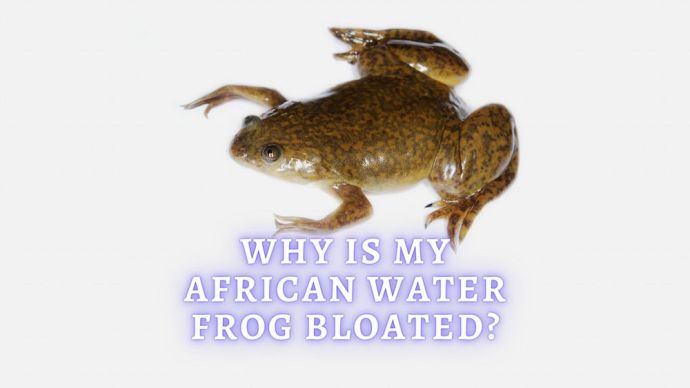 Freshwater Fish African Clawed Frog Bloat: Why Is My African Clawed Frog Bloated?
Freshwater Fish African Clawed Frog Bloat: Why Is My African Clawed Frog Bloated? - 91
- 0
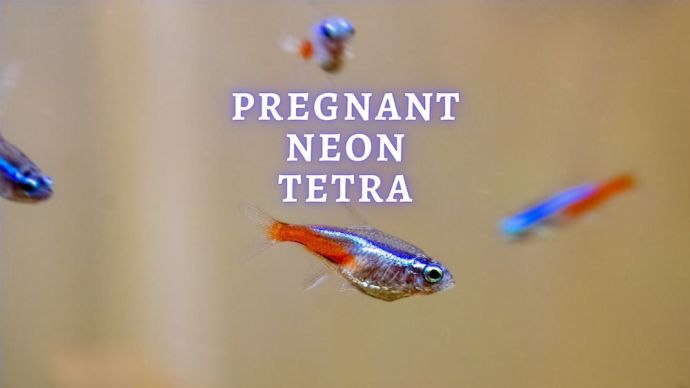 Freshwater Fish Pregnant Neon Tetra: Everything You Need to Know About Neon Tetra Breeding
Freshwater Fish Pregnant Neon Tetra: Everything You Need to Know About Neon Tetra Breeding - 1208
- 0









